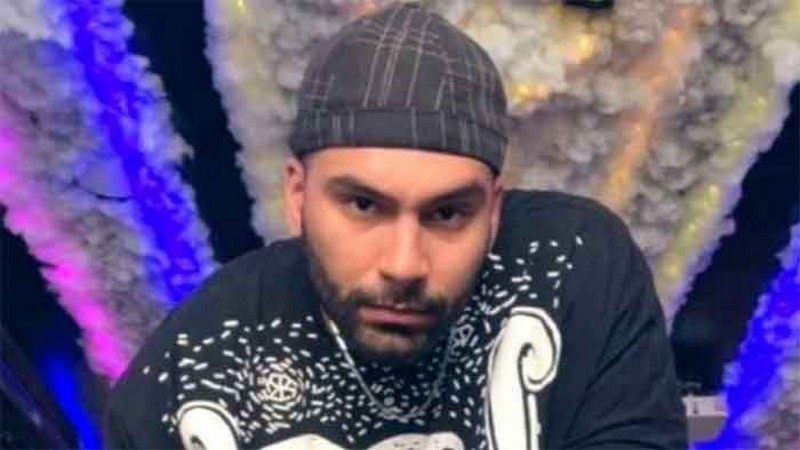By Akbar E Torbat
The uprising that began on September 16 in reaction to the death of 22-year-old Kurdish woman Mahsa Amini in police custody has been ongoing. The young generation of Iranians in schools and universities has joined the uprising to demand the end of clerical rule in Iran. The uprising has created the biggest challenge to the theocratic rule in Iran since the 1979 Revolution. The unrest was further aggravated by the execution of a 23-year-old protestor Mohsen Shekari. On December 8, the Iranian judiciary ordered to hang Shekari, who had been convicted of injuring a basij security guard with a knife and blocking a street in Tehran. That was the first such execution after thousands of arrests over the unrest and the killing of more than 400 protestors. In reaction, on September 10, the offices of basij at Sharif University and some other locations were torched.
The International community and many Iranians inside and outside of the country condemned the execution. Many legal experts criticized Shekari’s execution as he did not have an optional attorney, due process was not observed in his show trial, and he was hastily executed. The ruling was not even in compliance with the regime’s own Islamic laws. From a legal point of view, the death penalty did not fit the illegal act he had committed. Shekari had not committed acts that deserved death due to the crime of “moharebeh” which is an Islamic term interpreted as “waging war against God.” His execution has caused further antagonism towards clerical rule in Iran. Nonetheless, the mullahs defended the execution and said more executions were forthcoming. In the Friday prayers sermon on December 9, senior cleric Ahmad Khatami expressed his gratitude to the judiciary for sending the first rioter to the gallows.
The reason for the momentum behind the uprising involves challenges against the regime that have been going on since the revolution. For over four decades, the people in Iran have been the victim of the mullahs’ repression. In the first decade after the revolution, the ruling clerics eliminated their political opponents through imprisonments and subsequent mass executions. They further pushed their Islamic ideology in all aspects of Iranian social, legal, cultural, economic, and political affairs. For years, the mullahs tried to minimize any Iranian cultural identification that was pre-Islamic. The mullahs attempted to destroy the remains of Persepolis, the capital of the Achaemenid Empire. The attempt was eventually halted due to intense public outrage against it. The mullahs have ridiculed the Iranian traditions and festivities. In the early years, they assaulted celebrations of Nowruz, the Iranian new year, on the first day of Spring. Numerous changes were made to eradicate Iranian national identity. These actions included replacing the icon of the lion and sun at the center of the Iranian flag with the Arabic word “Allah”, eliminating the Zoroastrian’s ethical words from Iran’s national anthem and adopting a new anthem that humiliates Iranians to sing it, strict censorship of the national media, elimination of joyful music from the Iranian radio and television, and enforcing Islamic hejab on women. Many Iranians consider these actions as a second Arab invasion of Iran after the downfall of the Sassanid Empire in the seventh century.
Among other matters, the educational system was subjected to Islamic ideological infusion to legitimize clerical rule. The clerics push superstitious ideas to indoctrinate the students. References to the Persian Empire were eliminated from schoolbooks. So far, the regime has pushed its shi’ism ideology along with crackdowns to survive. However, pushing Islamic ideology to legitimize clerical rule has backfired. Many Iranians can no longer tolerate the fundamentalist rule of the mullahs. As a result, the regime has resorted to heavy crackdowns against protests to extend its authority. But crackdowns have not worked as the mullahs do not have the legitimacy to remain in power. Though, the Supreme Leader, Ali Khamenei claims that the United States and its allies have launched hybrid warfare against the Islamic Republic, and that has instigated these demonstrations and riots.
In the past, the Western powers had publicly criticized the mullahs but tacitly supported them to rule, wanting to contain the power of Iranian nationalism throughout the region. Taking advantage of the uprising now, the West is attempting to spread propaganda to radicalize the Iranian ethnic minorities such as the Kurds, Azari, and Baluchi in the hope of partitioning the Iranian motherland.
Akbar E. Torbat (atorbat@calstatela.edu) is the author of “Politics of Oil and Nuclear Technology in Iran,” Palgrave Macmillan, (2020)
12 December 2022
Source: countercurrents.org

